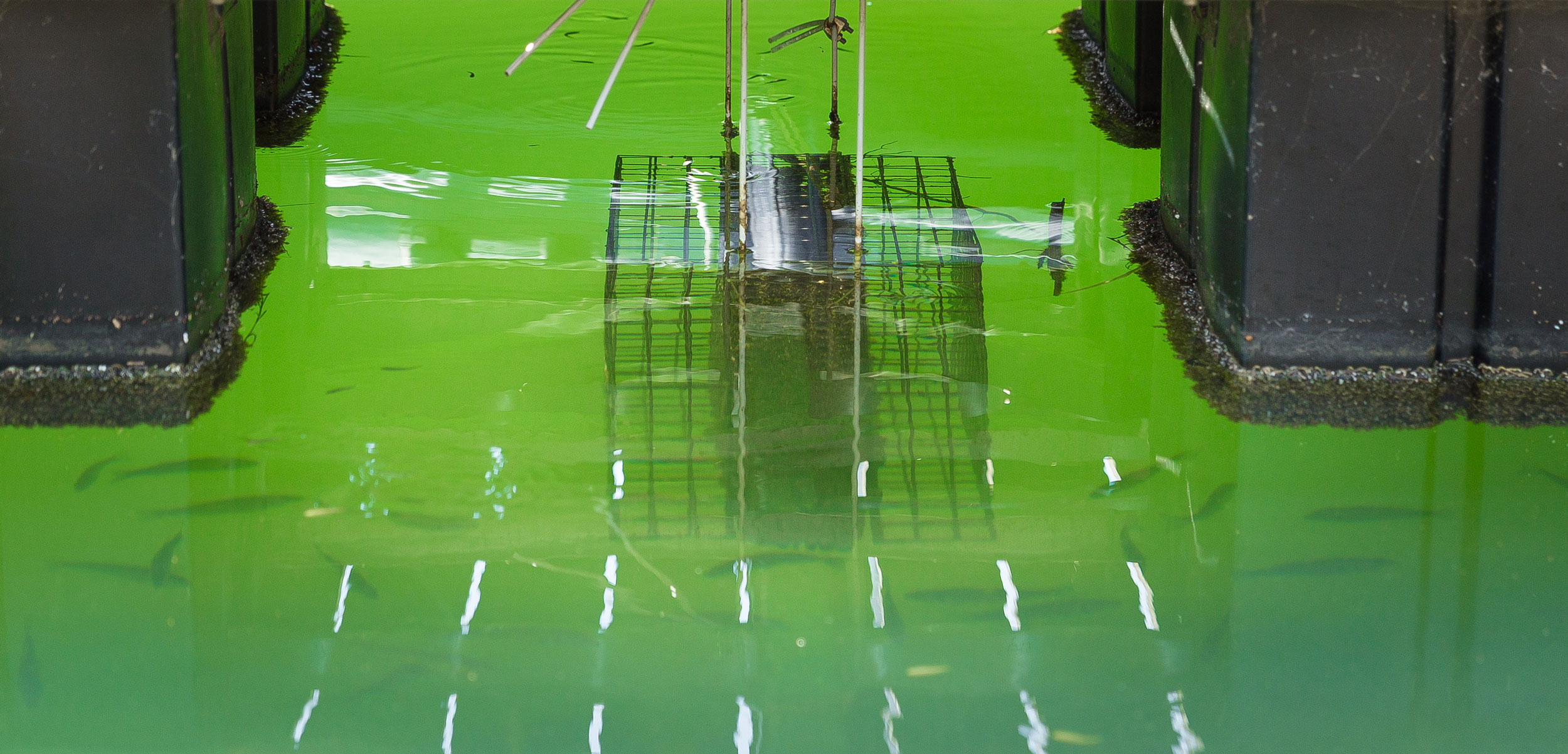These Cages Save Baby Fish
On developed shorelines, oyster shell “safe houses” offer sanctuary.
Article body copy
France’s Mediterranean coast is known for its glamorous beaches, but when Gilles Lecaillon was studying coastal fish there in 2011, the beaches were the last places on his mind. “Each time I go to a new place, the place I go first is the harbor,” Lecaillon says, “because that’s the place you can see baby fish.” Coastal species such as sea bream, bass, and damselfish spawn near the shore and spend their early lives sheltering in nooks and crannies, only heading out to deeper water as adults.
Lecaillon, now CEO of the French NGO Ecocean, was then working for a government-funded initiative rescuing larval and juvenile fish from areas where development had erased their natural hiding places, and then raising the fish to adulthood in a lab onshore before releasing them back into the ocean. France’s coast has several major ports, 150 marinas, and countless towns that replaced much of the nursery habitat with smooth, hard surfaces. As Lecaillon worked, he wondered if instead of moving the fish out, he could move habitat back in.
The result of his curiosity is the Biohut, a suitcase-sized mesh cage divided into compartments and filled with crushed oyster shells, which Lecaillon hopes will help restore coastal fish nursery habitat in built environments. Lowered into the water and fastened to a dock, the Biohut mimics the shelter of rocks or seaweed. Algae and biofilm grow on the oysters’ textured surfaces, giving the juvenile fish plenty to eat. And because the enclosure is encased in a large mesh, predators can’t swim close enough to gobble the babies.
Lecaillon trialed the Biohut in 2011, at a marina in the south of France. In 2012, he patented the system and has since tested it in the Netherlands, Morocco, and Sweden—all places where development has replaced natural, textured coastlines with hard sea walls, sheer pilings, or a bare, dredged bottom. “The idea is to spread the technique anywhere there is an artificial coast,” he says.
Biohuts have been deployed at marinas like this one along France’s Mediterranean coast, and are being tested in larger European seaports as well. Footage courtesy of Jesper Søhof
Data on the Biohut’s efficacy is incomplete but growing; a 2016 paper found that in five marinas along the French Mediterranean coast, twice as many sea bream juveniles lived in the artificial structures as in adjacent waters. And a 2017 study of 108 Biohuts in the port of Marseille found that even in a large commercial port, the structures increased the number of species in the harbor.
Joel Llopiz, an assistant scientist with Woods Hole Oceanographic Institution in Massachusetts, says Biohuts will never be as good as original habitat. He thinks they’re a good idea, but is skeptical that they could truly mitigate damage from very large projects such as a port. Llopiz studies larval fish and explains that after completing their planktonic stage, juvenile fish seek places with food and shelter, such as oyster beds, seagrass, or mangroves. If they can’t find suitable habitat, they die. “And if we’re wiping [habitat] out and building harbors and sea walls, these [Biohuts] seem like a great first step in mitigating the impact we’ve had on our shorelines,” he says.
Across the Atlantic, a city is using the Biohut in a slightly different capacity: for education. Baltimore sits on the largest estuary in the United States. Once an industrial zone ringed with docks, walls, and piers, the estuary’s bottom is barren toxic mud, and storm water runoff and leaky sewers pour into the water, driving out many native species. But the harbor has become a tourist draw, and the city wants to clean it up, even introducing a plan to make it swimmable by 2020.
Large fish will often prey on juveniles, but an outer mesh barrier ensures they cannot reach juvenile fish hiding inside the Biohut. Footage courtesy of Jesper Søhof
In 2014, Ecocean donated eight Biohuts to the National Aquarium on the city’s harbor front, which were then lowered off the aquarium’s dock. Rather than fix the whole harbor, the goal is to demonstrate that life could take hold even on such an impacted coastline. Charmaine Dahlenburg, the Chesapeake Bay Program manager for the aquarium, says she was stunned to see crabs and shrimps scuttling around in the huts after just two days. Every month, the aquarium raises the cages, inventories species, and displays the animals in plastic tanks on the pier for the passing public.
The aquarium has documented 18 species in the Biohuts, from the prized Maryland blue crab to the striped bass (the state’s fish) to the pipefish, a seahorse relative. The huts also house live oysters that each filter almost 200 liters of water per day, sucking in sediments and tiny particles and helping clean the water. Visitors constantly marvel at the assemblage. “No one had ever given any thought to the harbor, kind of dismissing the idea that it could be saved,” says Dahlenburg.
Lecaillon continues improving the Biohut design, testing different materials that encourage fish to lay their eggs in the structure, for instance. And he continues to collect data as it is gathered at huts that have been deployed for some time. If human impact on coastal fish has meant death by a thousand cuts, Lecaillon wants to help restore life with a thousand huts.

